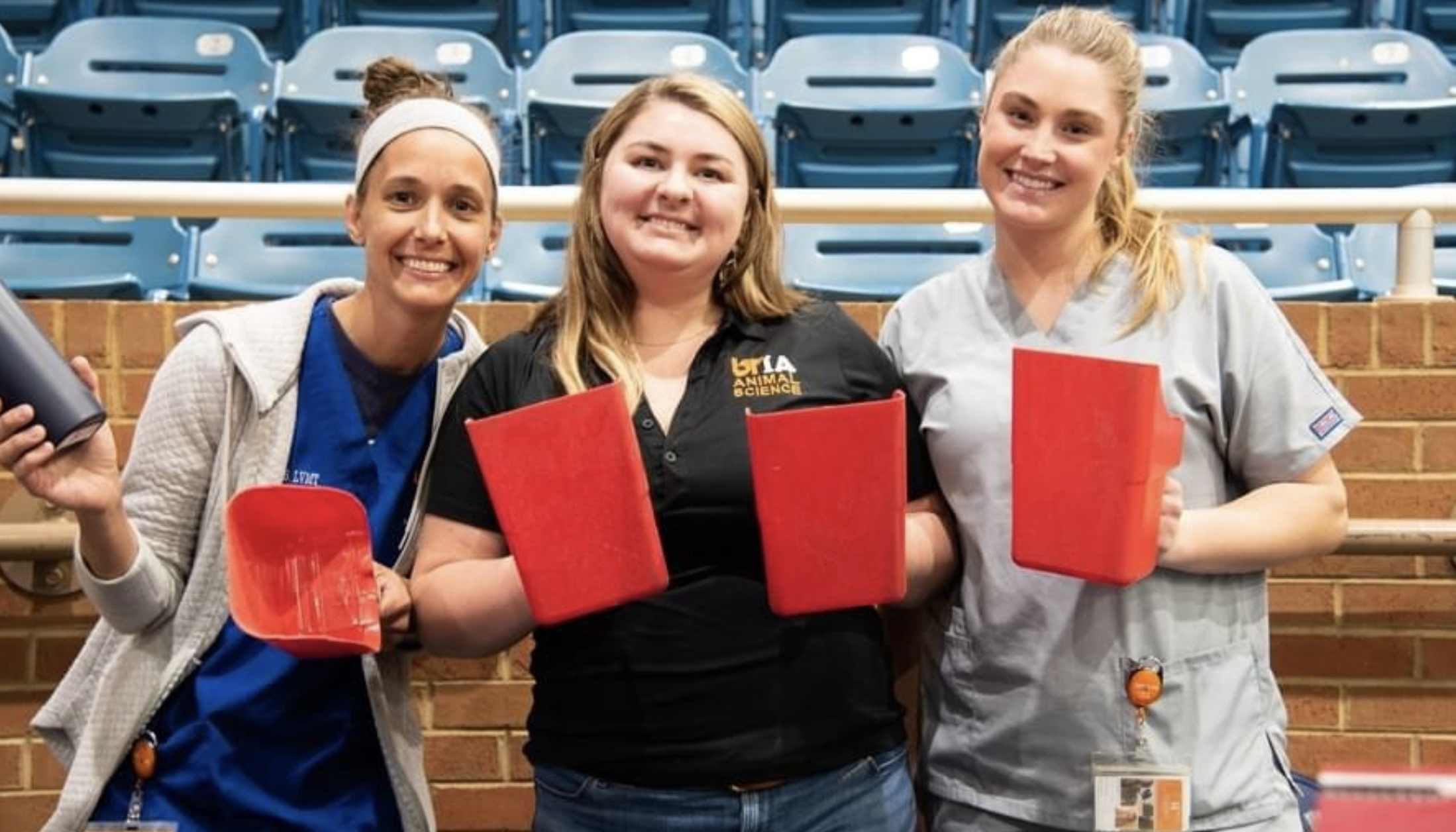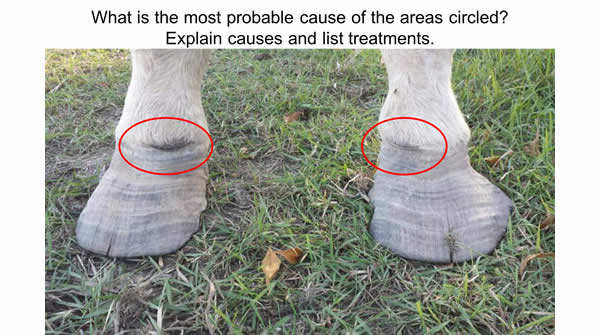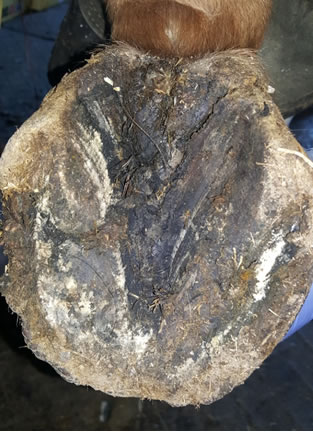The eighth annual Horse Management Field Days will be held regionally during February 2025. Educational material presented during the field day is applicable to equine owners of all experience levels and useful for all breeds, ages, and types of equids.
The 2025 Field Day topics will cover a vast array of equine specific topics. There will be time to ask questions with instructors and hot topics in the equine industry will also be presented.
The event is open to adults and youth of all ages. Participants do not have to be residents of Tennessee. Pre-registration is requested for meal planning purposes. For questions, contact Sawyer Main at smain@tennessee.edu or (865) 974-7294.
Eastern Region
February 5, 2026
5:00pm – 9:00pm EST
Brehm Animal Science Building
Knoxville, TN
Central Region
February 11, 2026
5:00pm – 9:00pm CST
Rutherford County Extension Office
Murfreesboro, TN

Western Region
February 9, 2026
5:00pm – 9:00pm CST
First Farmers Co-Op
Lexington, TN
Check out our virtual Horse Management Field Day content below!
Jeremy Davis, CJF, DipWCF and resident farrier at the UT College of Veterinary Medicine shared this information on shoeing horses:
We shoe horses for 4 primary reasons.
- Protection: Simply put, the horse is wearing down their hoof wall faster than they can regenerate a new hoof wall. This can be from the ground the horse is ridden on or pastured in. A wet environment will keep the feet soft, combine this with an abrasive surface and it will allow the feet to wear faster. Horses with genetically poor hoof quality may require shoes to prevent the hoof from breaking and chipping. Horses with thin soles may need a pad added between the shoe and hoof to add a layer of protection or “artificial sole”. Quality riding boots may also meet this need for many horses.
- Gait enhancement: This ranges from enhancing the gait of a show horse “Big Lick Walking Horses” and “American Saddlebred” to helping a horse that is interfering at speed “Standardbred Racing”. This can be summed up by any shoeing method that changes or alters the gait of a horse for a positive result.
- Traction: Any time a horse needs more traction than being barefoot can provide simply adding a shoe might offer enough extra traction for the horse’s job. If a shoe does not offer enough traction alone, it offers us an apparatus to attach devices to help increase traction. These can include but are not limited to;
- Adding more crease to the shoe apart from where the nails go (rim or concave style shoe)
- Drill-Tek or Borium as are common in trail horses where surfaces can change constantly, a draw back being they cannot be removed when not needed
- Drive in or screw in studs. Both styles come in differing sizes for different surface applications. Drive in studs are easier to apply than drill-tek or borium, but share the same characteristic of not being able to change. Screw in studs have the benefit of being able to change depending on terrain or completely removed when extra traction is not needed or horses are pastured together.
- Screw in studs are popular in Jumping and eventing disciplines. Both stud styles come in a range of heights. Varying from flush or almost flush to nearly and inch in height.
- We can also move away from the standard steel or aluminum shoe to a shoe comprised of rubber or plastic. This type of shoe usually does away with added traction devices on the shoe when traction is needed on hard surfaces.
- Traction can also move to the other end of the spectrum such as in Reining horses where less traction is needed. By applying a very wide flat shoe with no crease (sliding plate), we can give the horse a “ski” effect allowing for a sliding stop much longer than without sliding plates.
- Therapeutic: This will encompass any issues that need a device nailed, glued, casted, or any other method of attachment to the hoof. This category is home to many “outside the box” styles. A short list of issues that might fall under the therapeutic category are, but not limited to;
- Laminitis and founder
- Navicular Syndrome
- Hoof cracks
- Canker
- Advanced thrush
- Club foot
- Underrun heels
- Dropped soles
- Ringbone
- P3 fractures
If the horse does not fall into any of these categories it is entirely possible to allow the horse to be barefoot.

Jeremy Davis, CJF, DipWCF and resident farrier at the UT College of Veterinary Medicine shared the information below on abscesses:
The areas circled in the image above were caused by an abscess. The break in hoof growth will cause a horizontal crack referred to as a “cleft”. Hoof cracks run vertical; Hoof clefts run horizontal. Knowing this distinction will help your Farrier know what to expect prior to their arrival.
An abscess is a localized infection of the sensitive tissue in which pus accumulates. Foot abscesses often cause severe lameness which usually subsides when they are drained. Also referred to as “gravel’’ or “pus pocket”. Bacteria have penetrated the horny structures of the hoof, invading the sensitive structures causing an infection. This can be caused from:
- Wounds – rock puncture, sole quick, nail-quick. Sole pressure Bruising Hoof cracks
- Laminitis
- Street nails
Determining a treatment: If the focal point of the abscess can be located with hoof testers a small drainage tract can be made to allow the infection an exit point. Abscesses caused by a puncture to the sole and the puncture hole large enough it may act as its own drainage tract. If an exact location cannot be located, a foot soak or Epsom salt poultice can be used. I prefer a poultice applied and bandaged to the hoof. This will allow constant pressure to encourage drainage that a 15 minute soak cannot. Foreign bodies trapped within the hoof wall, confirmed with radiographs, will need to be removed. This is performed with a hoof wall resection by either a Veterinarian or Farrier. The area is then kept clean and treated with a topical antibacterial. Abscesses opened on the sole of the foot should be kept bandaged until the infection is cleared up and drainage has stopped. At this point a shoe and pad can be applied until the area has healed up. Abscesses that bust out at the coronary band “hair line” can be cleaned with a topical antiseptic and monitored. If lameness does not return, simply monitor the area. The farrier will advise future needs of the hoof as the cleft grows down the hoof wall. Always consult with your Veterinarian and Farrier for further treatments. Antibiotics or anti-inflammatory drugs will be determined by your Veterinarian on a case by case basis. Updated tetanus vaccination is highly recommended.

Jeremy Davis, CJF, DipWCF and resident farrier at the UT College of Veterinary Medicine shared the information below on managing thrush:
- Thrush – Infestation of the foot, primarily the frog, by an anaerobic bacteria, or combination of bacteria.
- Causes – Thrush will occur mostly in feet that are kept damp in unsanitary conditions, not routinely cared for. An imbalance in the feet known as “Sheared Heels” can allow infection in the central sulcus of the frog extending upwards between the bulbs of the hoof, as well as deep sulci and smaller atrophied frogs. Frogs that do not shed regularly or are not trimmed often will allow dirt and debris to be trapped in the commissures on the underside of the frog. In severe cases the entire horny frog can be eaten away to the sensitive frog. In cases if deep central sulcus, the digital cushion can also be affected.
- Symptoms – Thrush is usually easy to recognize by its thick, black, oily, and distinctly unpleasant odor. The frog will become soft and jagged around the edges where the thrush has eaten away at the horny frog. If severe enough cleaning with a hoof pick may cause bleeding.
- Treatments – Since thrush is anaerobic (lack of or absence of oxygen) keeping the foot clean so oxygen can get to the affected areas is of utmost important. Early stages of thrush can be trimmed away at regular farrier visits. At which point the owner can follow up with regular cleaning of the foot while improving the stable conditions. Advanced conditions will require all damaged frog to be removed as well as application of a topical thrush remedy. There are many to choose from. In an event that sensitive structures are involved, the horse should be seen by the Farrier and Veterinarian. Medicine used to treat mastitis in cattle is a good choice. Shoes may need to be added for a treatment plate or hospital plate to be used for protection while the foot is sore. Feet should be cleaned and treated daily for about 2 weeks, then moving to every other or every 3rd day depending on weather conditions, eventually moving to an as needed treatment.